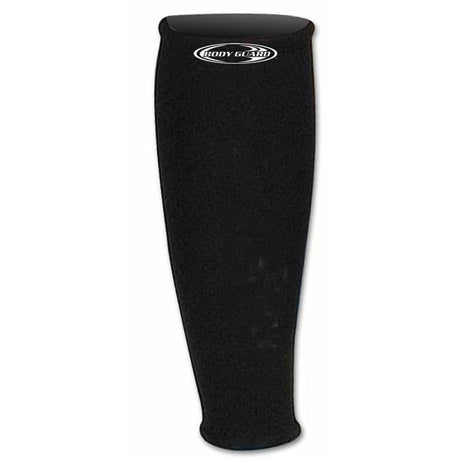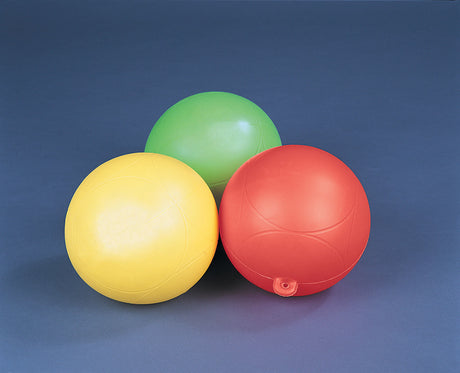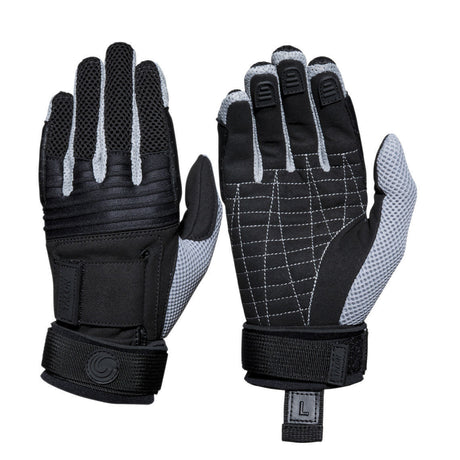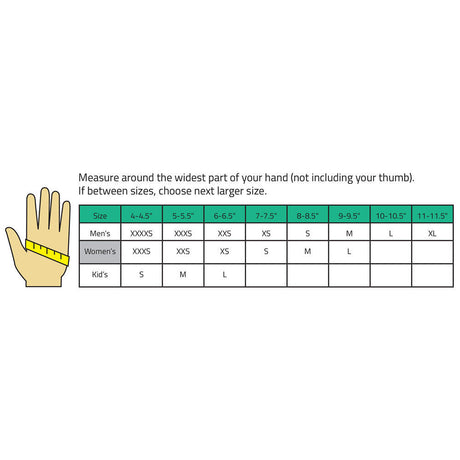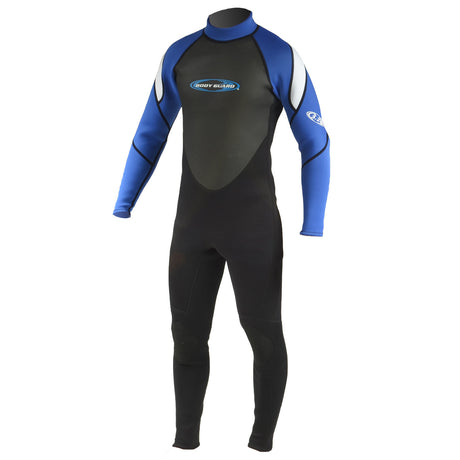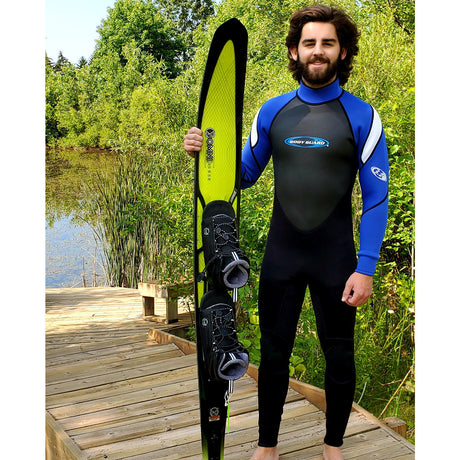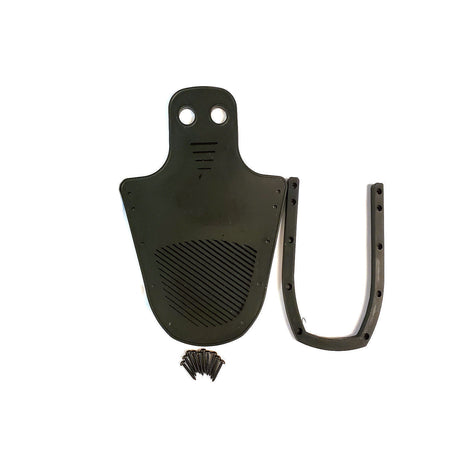Wakeboard bindings have evolved to offer loads of different configurations. We've covered some of those key specs (read about them here!). But the biggest decision riders have to make is whether to board with open-toe or closed-toe bindings.
Which setup's better, and why? Is one better than the other? Let's review.
What Are Open-Toe Bindings?
 Pictured: Hyperlite Remix Wakeboard Bindings
Pictured: Hyperlite Remix Wakeboard Bindings
Open-toe wakeboard bindings have no toe box. Instead, the boot's upper ends just behind the toe joints, with only a foam or neoprene pad underneath the toes providing a platform for your digits.
What Are Closed-Toe Bindings?
 Pictured: Ronix One Bindings
Pictured: Ronix One Bindings
Closed-toe bindings are considered traditional wakeboard bindings, with a fully enclosed toe box that covers your digits.
Open Toe vs. Closed Toe: Which is Better?
The debate over riding with open-toe or closed-toe bindings has raged for literally decades. Both types of wake bindings have had their time in the limelight, with plenty of binding makers declaring at one point that one or the other was "superior in every way."
In truth, both types of bindings perform well -- and it's really the individual bindings' features, like lace systems, soles, material, and fit that play a bigger role in performance and comfort.
But there may some slight advantages you'll appreciate in picking an open toe or closed toe. Let's review the real, practical pros and cons of each binding.
Open-Toe Bindings: Pros

Pictured: O'Brien System w/ Open-Toe Clutch Bindings
The greatest benefit the open-toe boot claims is better heel and toe response. Pro wakeboarder Tim Walters summarized this best:
"The toe box of a closed-toe boot is fixed and unable to move or mold to your foot. By allowing the toe box to be open, you allow the materials of the boot the mobility necessary to fit the toe securely. If toe-lift is a concern, you can wrench down a Velcro strap over your toes much better in an open-toe boot.
Ask the European cable riders what they think about Bob Soven’s new open-toe boot. You will hear them say that it is more locked-down over the toes than any closed-toe boot."
There are some other proven benefits of the open-toe binding:
Improved Comfort
Regardless of performance benefits, many riders agree an open-toe binding is more comfortable than a closed toe setup by providing good ventilation.
Being able to stretch and move your toes more freely also improves comfort, and the open toe allows for a more generous fit.
Tighter Fit
Because the upper of an open-toe binding doesn't host a toe box, the lacing system can be tightened more securely, providing better compression. This allows the upper of the binding to wrap more tightly around the foot. This can provide a more snug fit than a closed toe, which some riders prefer.
More Affordable
Open-toe bindings are generally more affordable because they're a simpler design, and they require less material in their construction.
Open-Toe Bindings: Cons
Open-toe bindings aren't universally better than closed toes. These are some of the potential drawbacks to consider before choosing this binding:
Exposure to Elements
Although plenty of riders enjoy the open toe for its ventilation, many prefer the enclosed space of a closed toe for the very same reason: Your digits are exposed to the water and sun, and you may simply find this uncomfortable -- especially in the early and late months on the water, when temperatures begin to drop.
Toe Lift is Still a Thing
Having no toe box means you get no upward leverage against the binding. In other words, you can lift your digits and press them against the binding to improve outside turns.
Although it is true that cinching down the upper can compensate for this, some riders simply prefer direct use of their toes to promote handling and control in the wake.
Closed-Toe Bindings: Pros

Pictured: Hyperlite Rusty Pro w/ Team-X Closed Bindings
Pro wakeboarder Kaesen Syderhoud makes a direct argument against open-toe bindings for the very same reason Tim Walters argues they're superior: Syderhoud, known for his technical skills, trick riding, and wake park domination, says closed-toe bindings offer more responsiveness.
"What the closed-toe brought to the table was more responsiveness from the movement of your toes to help with the overall control of your board.
So instead of moving your toes up, down and all around when edging in an open-toe binding with no reward, your toes will actually help move the board how you want with ease from the toe piece over them. But just like any brand new technology, it is never right the first time."
Better Protection
Closed-toe bindings offer better protection against hard impacts and the elements. This is particularly true during colder months, when insulation may be preferred.
Tailored Fit
Although open-toe bindings are more forgiving in sizing, getting the perfect size in a closed-toe binding may provide an overall more tailored fit. Some riders say this, in turn, provides better comfort, as the toe box provides more support and rigidity than an open toe.
Better Leverage
A closed toe box provides the leverage some riders prefer to use by pressing their toes directly against the box when carving the wake.
Closed-Toe Bindings: Cons
Before committing to the potentially better leverage and benefits of a closed toe, consider the potential drawbacks, too:
Water Retention
A closed toe binding will naturally retain more water, and provide less ventilation. Some riders might find this annoying and uncomfortable.
Less Freedom of Movement
The closed toe prevents freedom of movement of your foot and toes. While some riders enjoy the locked-in feeling, others might prefer the greater maneuverability afforded by an open toe.
Sizing Compatibility
The closed toe requires a more precise fitment to ensure good comfort and control.
So, Which Binding Has Better Control?
You might've noticed the main argument for why open-toe and closed-toe bindings are better is because both provide better control. What gives?
The truth is, both bindings might provide you, the rider, with better control and performance based on your riding style and how you like to wear your bindings.
An open toe may, indeed provide the better setup for a rider who likes a tight fight, with a highly compressed upper, and a habit of spreading his or her toes and pressing them into the base of the binding.
A closed toe may be the better binding for a rider who wants a tailored fit, with a toe box that allows him or her to press their feet's digits up against the box for leverage.
In the end, the better binding is decided by your preference as a wakeboarder. You'll simply have to try both setups to determine which one is better for your riding style and habits.
Lucky for you, Bart's has a huge collection of open- and closed-toe wake bindings!
We've also got convenient wakeboard packages that come optioned with open and close-toe bindings. So, if you're shopping for your first board, grab a board-and-boot combo here! You can always swap bindings later.



